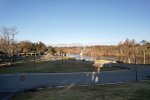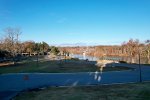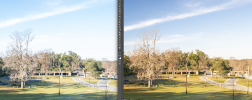No worries mate, been a paid photographer for nearly 20 years, part time while serving in Defence against real bad guys, not keyboard warriors. But by your logic, I can't believe DJI and all those camera manufacturers have anything longer than 1/5 sec exposures. And to imply that I don't understand is that sinking into the realm of lowest forms of insult. You might as well start swearing at me.
OP, feel free to Google mate, you'll find a lot of similar information, not my opinion, that I hope assists in your decision making. What I gave was my opinion and real world personal examples. As other members have also offered...and been criticized.
For other posters like Cosmo0g above, that also use ND filters often, please don't take offence and do what works for you...even if you don't understand it like I apparently don't




















